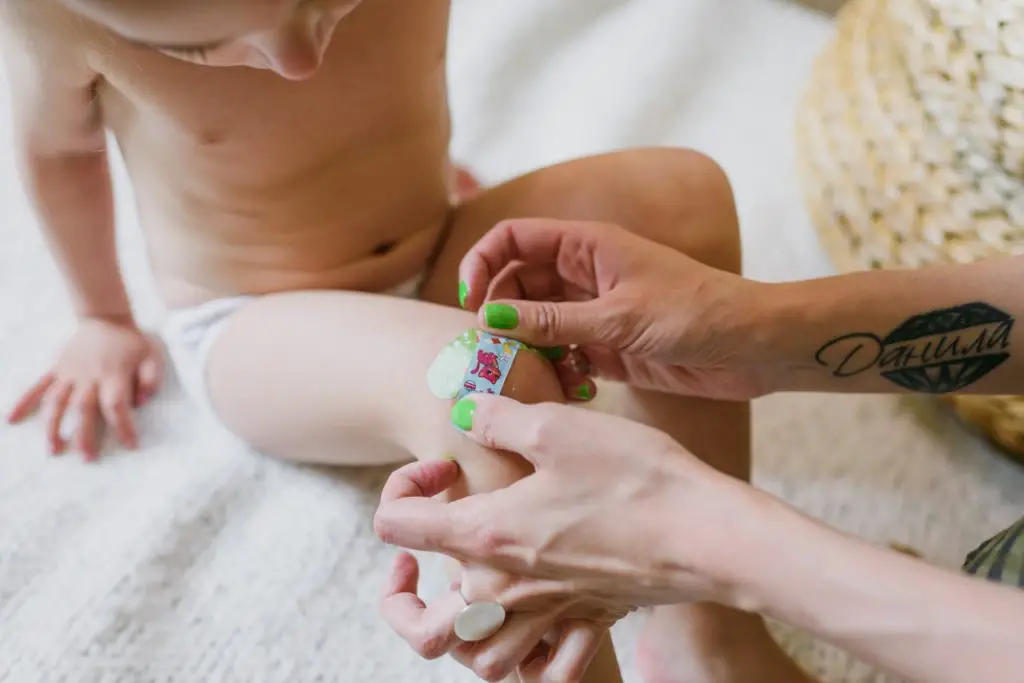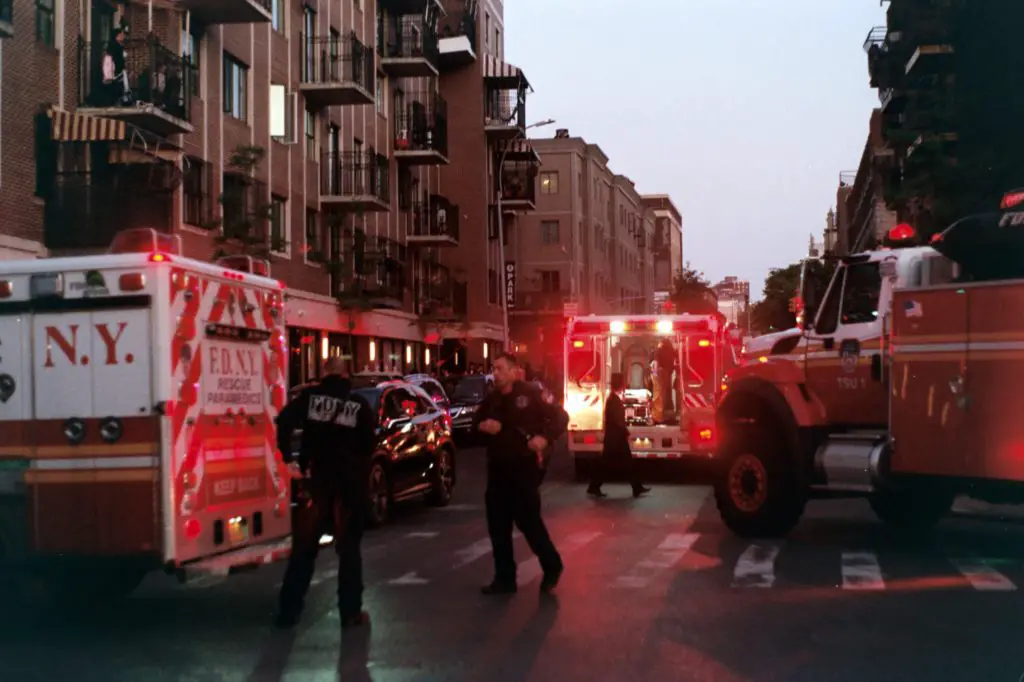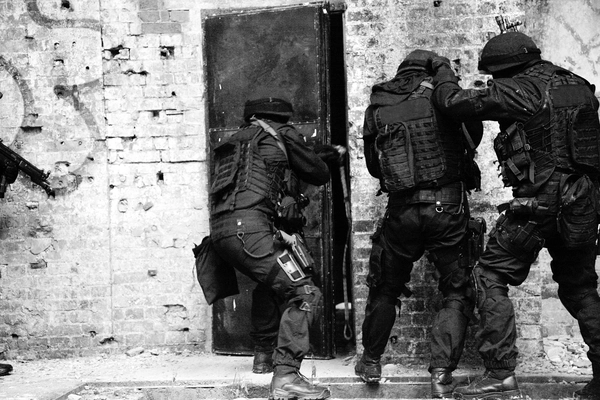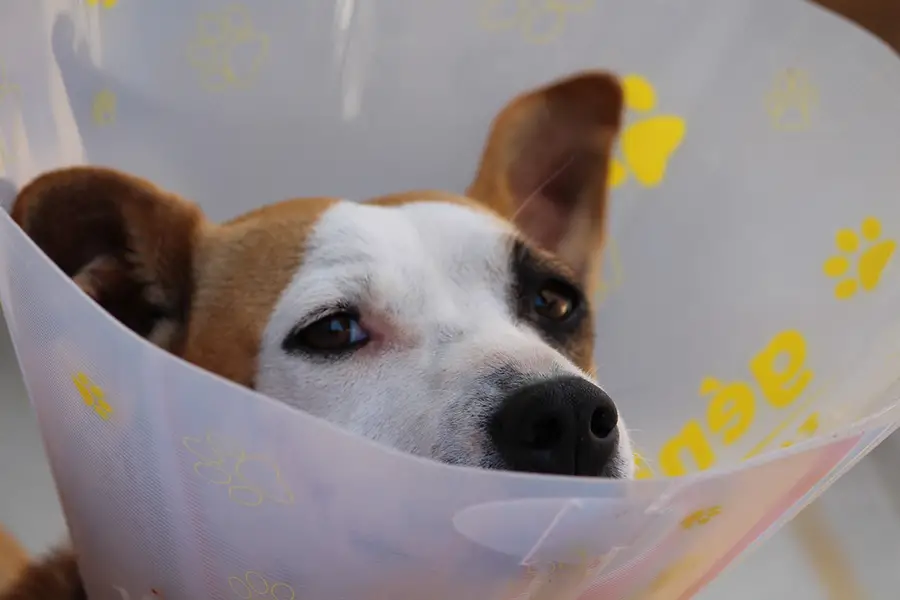It’s a moment we all dread, but as a parent, are always thinking about. We want to keep our children safe and protected, but it’s almost inevitable that our children will get hurt at some point. One way to be prepared for that moment is to have items on hand that can help you quickly react to your baby’s emergency. Below are some of the key items to ensure you have for your baby’s first aid kit.
Essential items for your baby first aid kit.
The list below contains items that tend to be unique for a first aid kit focused on young children. I haven’t included the typical Band-Aids, gauze, and alcohol pads in the list below. For more information on those items see the top essential items for your first aid kit.
Medications and Creams for your baby’s first aid kit
- Diaper Rash Cream – Protect and promote healing on your baby’s bottom with diaper rash cream. Try Desitin or Boudreaux’s Butt Paste.
- Petroleum Jelly – Can also help to protect your baby’s skin from wet diapers and it can also be used as a lubricant when using a rectal thermometer.
- Antiseptic Pain Reliever – Helps to clean cuts and scrapes with the added benefit of easing the child’s pain.
- Burn Relief Gel – For minor burns including sunburns, use a gel to moisturize and cool the burn. You can buy a box of single use packets to take up less room in your first aid kit. Some varieties also contain a pain reliever.
- Vicks Baby Rub – Like the classic vapor rub but more gentle with a soothing and relaxing scent.
- Infant Ibuprofen and Infant Tylenol -Pain reliever and fever reducers.
- Infant Benadryl – For allergic reactions.
- Oral Syringe – Make sure you’re giving your baby the proper amount of medicine.
- Eczema Cream or Other Moisturizer – Babies’ skin are more sensitive and prone to drying out.
- Saline Nasal Spray – Use this with a nose aspirator to help loosen up mucus in the nose.
- Hand Sanitizer – More for you than the baby, but also to sanitize toys or other objects.
Gas and Stomach Relief for your baby’s first aid kit
How often is your child fussy, uncomfortable, or colic? Many times it’s because your child is gassy or constipated and doesn’t know how to help themselves. These items are essential to help out in those situations.
- Fridababy Windi – For gas and constipation. A disposable miracle-working device to help you child pass gas – no drugs needed!
- Gas Drops or Mylicon – Helps to provide relief by neutralizing gas.
- Gripe Water – An herbal mixture that has mixed reviews, but some parents swear by it.
Tools and bandages for your baby’s first aid kit
- Nose Frida Snot Sucker – An interesting but very effective tool to help a congested baby.
- Nasal Aspirator or Nasal Bulb – A classic alternative to the Nose Frida Snot Sucker.
- Oogiebear – A boogie scooper and ear cleaner specific for babies.
- Rectal Thermometer – Still the best way to take your baby’s temperature. You can also choose a multi-use style so you can change temperature taking methods as your child gets older.
- Safety Swabs – Q-tips for babies with a safety to keep them from being pushed in to far into the ear canal.
- Safety scissors or Nail Clippers– Keep those fast growing nails in check to ensure that you and your baby are free from scratches.
- Alcohol Wipes / Antiseptic Wipes – Clean cuts and scratches as well as sanitize a thermometer or other items.
- Boogie Wipes – Are tasteless and scentless and wont leave your baby’s face raw or dry. Also helpful for cleaning up spit-up.
- Teether and/or Pacifier
- First Aid Guide
Tips for assembling and managing your baby first aid kit
- Keep your baby’s first aid kit separate from the grown up’s so medications don’t get mixed up and so that it’s easy to find.
- Include the poison control phone number and any other emergency contacts (pediatrician, relatives, etc.). You won’t want to have to search for those numbers in an emergency! Also think about what information the baby sitter might need.
- Consider the type of medical tape you choose to include. Baby’s sensitive skin may required a certain type of tape while a toddler may need something that won’t come off as easy. Something like Nexcare’s strong hold / pain-free removal tape will work well.
- Rectal thermometers offer the most accurate reading and is preferred by doctors
- Don’t forget to occasionally check your first aid kit to ensure it’s fully stocked and that nothing has expired.
- Stay on top of the medications you include. Make sure they are age-appropriate and that you know the proper dosing. As your baby gets older, you’ll want to change the medications.
- You’ll probably want a comprehensive kit for the home, and maybe one or two smaller kits to keep in the diaper bag or in your car.
Sometimes it may seem that there are more things that will harm your child than not. But to put together an adequate first aid kit, we have to take the time to consider some of the issues we are likely to treat. Picking an off-the-shelf first aid kit might be the easiest thing to do, and might be a good starting place, but we should take a good look at the contents and consider what is missing.
How did we choose which items to add to our baby first aid kit?
We made sure it addresses the day-to-day needs of a baby, not including the things you may include in a diaper bag (extra formula, burp clothes, etc).
Most of the time baby’s first aid needs will be the things that keep him or her happy. Whether it’s dealing with a stuffy nose or constipation, having the items on hand to get your baby feeling better will keep you both happy. Some common issues to consider:
- Consider the needs of a teething baby
- Gas or constipation
- Insect bites
- Being able to respond to rashes and dry skin
11 Reasons Why You Should DIY Your First Aid Kit
Understanding the leading causes of injury for children.
It’s important to consider the most likely cause of injury to your child to be prepared to treat them. The Eunice Kennedy Shriver National Institute of Child Health and Human Development compiled the common causes of non-fatal pediatric injury from a series of Centers for Disease Control and Prevention (CDC) documents. Their findings include:
- Motor vehicle crashes
- Suffocation, including strangulation and choking on food or other objects
- Drowning
- Poisoning
- Burns
- Falls
- Violence
For more information visit:
https://www.nichd.nih.gov/health/topics/pediatric/conditioninfo/causes
Motor vehicle crashes – Vehicle accidents are tragic and often unavoidable, but many injuries that could happen to your child involve the proper use of a car or booster seats. This is a topic that is deserving of an entire article of its own. In the meantime, be sure to follow the manufacturer’s instructions for use and installation. Otherwise, having a well-planned vehicle first aid kit should cover the majority of first aid needs until help can arrive. Just cross-reference the above list for items that may be baby-specific, like sizes of bandages or types of medications.
Suffocation, including strangulation and choking on food or other objects – As you know, babies have a tendency to put everything in their mouth, and inhalation of a foreign object can occur at any time. It could be a toy, coins, pen caps, buttons, or food. Other than having a first aid guidebook handy to reference when your baby is choking, knowing the proper first aid steps is the best tool you can have.
Drowning – Similar to suffocation, the best thing you can do is take as many precautions to protect your child from drowning as possible, and be trained and ready to apply the appropriate first aid techniques.
Poisoning: Common sources of poisoning include household cleaners, beauty products, houseplants, or medications. Get your child away from the source, remove any remnants from the child’s mouth, and remove contaminated clothing while protecting yourself. Call poison control immediately. If there is poison in the eye, flush the eye with lukewarm water for 20 minutes or until help arrives.
Burns: According to the CDC:
- Younger children are more likely to be burned by hot liquids or steam.
- Older children are more likely to be burned from direct contract with fire.
- Other causes might include
- Flames from stoves, fireplaces, candles, etc.
- Hot surfaces including stoves, heaters, irons, hair curlers
- Hot liquid can be spilled or knocked over, either by the child or someone else. Microwaves can heat food unevenly which leads to hot-spots.
- Electrical shock from electrical outlets or cords
First-degree burns (generally anything that doesn’t blister) can be treated at home, but medical care should be received for anything else. A burn gel, or aloe gel, with children’s ibuprofen or acetaminophen, are good ways to soothe the child while the burn heals. It can be covered with gauze or a bandage to help keep it clean.
Falls: The CDC reports that falls are the most common cause of nonfatal injuries for children ages 0 to 19. Common injuries that babies can succumb to often are related to their increased mobility. In less serious cases, this leads to bumps, bruises, and cuts from crawling out of bed, unsecured infant seats or baby walkers, or crawling on furniture. In serious cases, increased mobility might be the reason a child falls down the stairs, falls from a window, or knocks objects on top of themselves.
Violence: According to the CDC, about 1,300 young people are treated in emergency departments each day for nonfatal assault injuries. Being able to help a child with physical harm will only be part of a problem, as the mental toll may be much greater. If you think a child is being abused, please report it right away. You can visit this website for more information on how to report child abuse.
The article stresses that these items are common causes of nonfatal pediatric injury. Many of these injuries are preventable, and taking the necessary precautions to baby-proof your house can help eliminate some dangers.
The CDC states that “Injuries are the #1 cause of death among children. Car crashes, suffocation, drowning, poisoning, fires, and falls are some of the most common causes of injury.”
<https://www.cdc.gov/vitalsigns/ChildInjury/index.html>
Still not sure if you should create your own first aid kit? See 11 reasons to DIY your first aid kit next!





